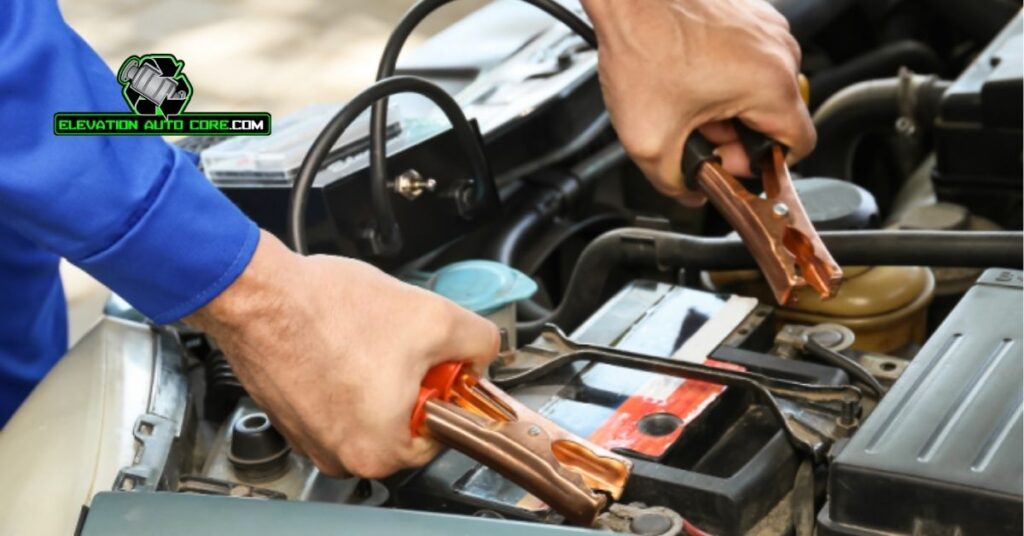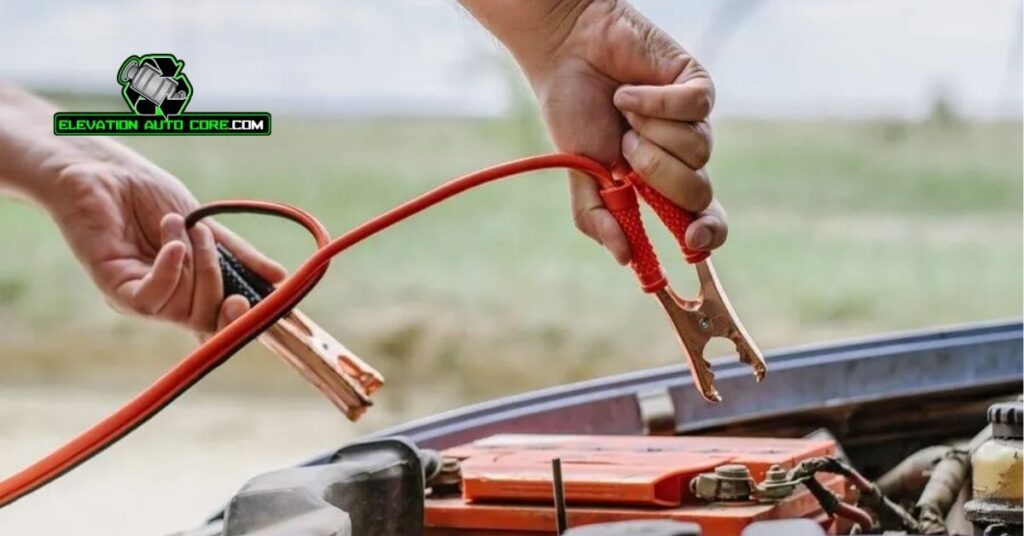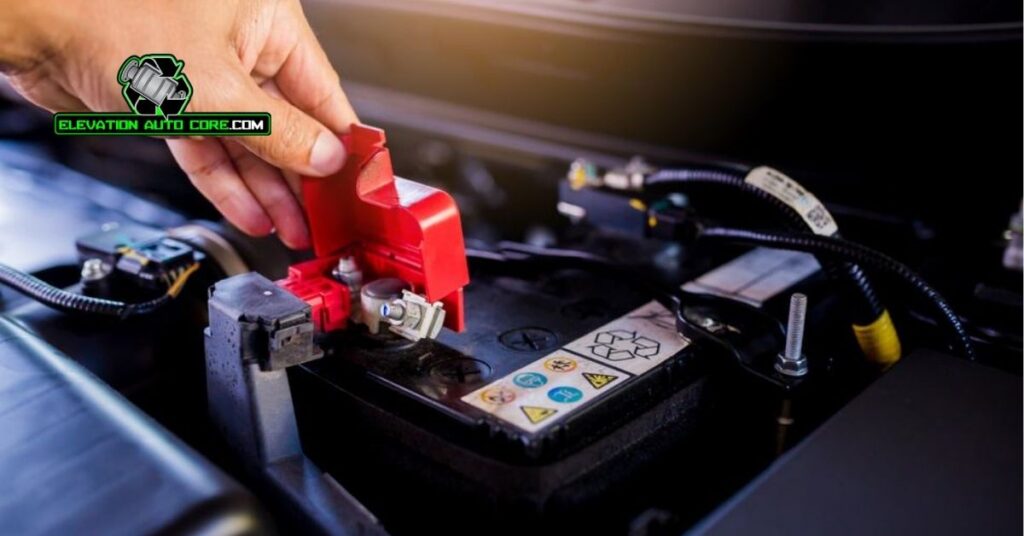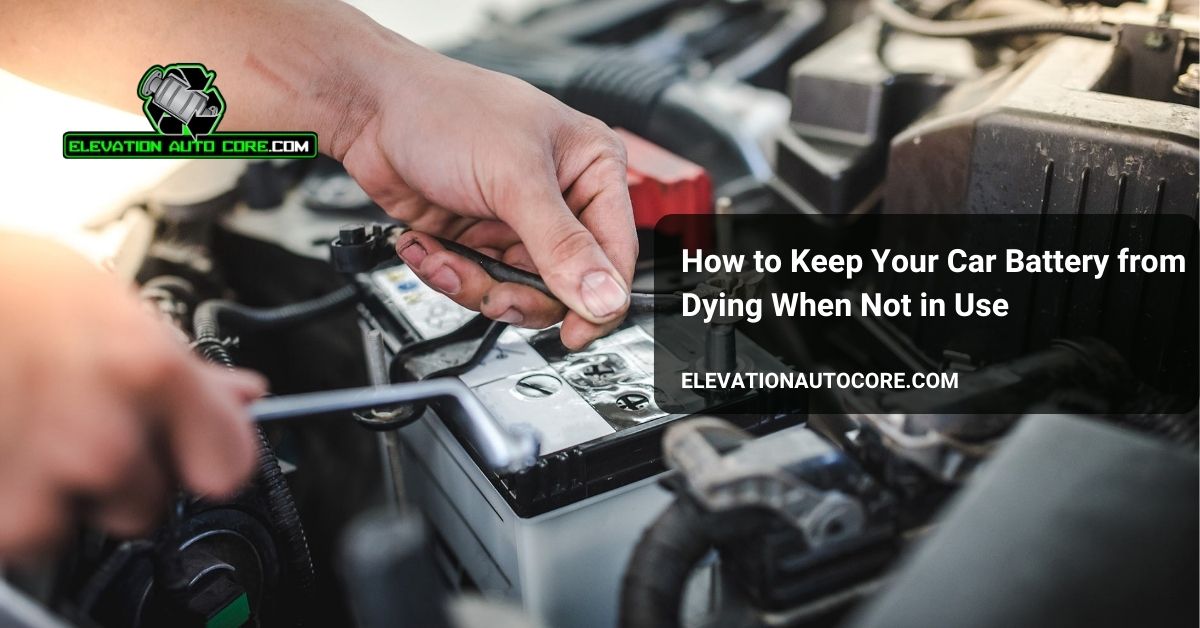How do you keep your car battery from dying when it’s not in use? Whether you’re storing your vehicle for the season or simply not driving it as often, a dead battery can be a frustrating surprise. With a few simple precautions, you can ensure your car stays ready to hit the road whenever you need it. Keep reading to learn practical tips that’ll save you time, money, and hassle.
Importance Of Maintaining Car Battery Health

A well-maintained car battery ensures your vehicle starts without issues, even after periods of inactivity. Avoiding neglect prolongs battery life and reduces costly replacements.
Consistently monitoring battery health minimizes unexpected failures. Regular maintenance increases reliability, especially during infrequent use or storage. Batteries that remain unchecked risk sulfation buildup, which impairs charge retention.
Using preventive measures saves money by avoiding premature wear. Functional batteries improve electrical system performance, ensuring adequate power for essential systems like lights and ignition.
Maintaining battery health supports productivity by reducing downtime caused by sudden battery drainage. Routine care contributes to dependable car performance, avoiding added inconvenience.
Common Reasons Car Batteries Die When Not In Use

Car batteries often lose their charge during periods of inactivity due to several factors. Understanding these reasons helps you take effective steps to prevent unnecessary battery failures.
Parasitic Drains
Electrical components in your car can draw power even when the vehicle is off. Devices like security systems, clocks, and onboard computers cause this steady battery drain. Neglecting to disconnect aftermarket electronics, such as subwoofers or dash cams, increases the risk. Over time, these minor drains can significantly deplete the battery’s charge.
Extreme Weather Conditions
High or low temperatures directly impact battery performance. In cold weather, the chemical reactions inside the battery slow down, reducing power capacity. Heat accelerates internal wear by increasing battery fluid evaporation. Leaving your car exposed to prolonged extreme weather without protective measures diminishes its ability to retain charge.
Old Or Weak Battery
Aging batteries are less capable of holding a full charge. Most car batteries last between 3 and 5 years, depending on usage and maintenance. Weak cells within the battery progressively lose efficiency, making it more likely to die during periods of non-use. Failing to replace an already weakened battery exacerbates the problem, often leading to unexpected breakdowns.
Effective Ways To Prevent Battery Drain

Extending your car battery’s life when the vehicle isn’t in use involves practical steps. These methods address common causes of battery drainage and ensure consistent performance.
Disconnect The Battery
Cutting off the battery’s connection prevents parasitic drains from onboard systems. To do this, remove the negative terminal first, followed by the positive one. Make sure the disconnected terminals don’t touch metal surfaces to avoid short circuits. This works best for long-term storage, especially if the car sits idle for months.
Use A Trickle Charger
A trickle charger maintains your battery’s charge at an optimal level. It provides a steady and low current, countering losses from self-discharge during inactivity. Look for chargers with automatic shut-off to prevent overcharging. This solution is ideal for those who park their vehicles for weeks at a time.
Start The Engine Periodically
Running the engine occasionally keeps the battery active. Let it run for 15 to 20 minutes to recharge sufficiently, driving if possible to enhance alternator function. Ensure full recharges are achieved; otherwise, frequent short starts can drain more energy instead of preserving it.
Store The Vehicle Properly
Parking in a clean, dry, and temperature-controlled area minimizes environmental impact on the battery. Avoid locations with extreme heat or cold, as temperature fluctuations accelerate internal wear. A battery insulation wrap can provide extra protection for added reliability.
Tools And Products To Help Maintain Battery Life
Exact tools are designed to preserve car battery life during periods of inactivity. Trickle chargers reliably maintain a consistent charge, preventing the battery from draining over time. Choose models with automatic shut-off features to avoid overcharging and protect the battery’s longevity.
Battery maintainers can serve as an alternative. These devices monitor charge levels and provide just enough power to keep the battery healthy. Integrated smart technology in many maintainers ensures efficient energy management.
Portable jump starters are essential for emergencies. If your battery loses charge, a jump starter can revive it quickly without additional assistance. Look for compact, lightweight options with built-in safety features.
Voltage meters assist in monitoring battery health. These inexpensive tools measure charge levels, indicating early signs of potential issues. Regular checks using a voltage meter help identify when additional action is necessary.
Terminal protectors block corrosion on battery terminals. Corrosion creates resistance and reduces efficiency. Anti-corrosion sprays or protective pads maintain clean connections, extending the battery’s functionality.
In colder climates, battery insulators provide added protection. These covers guard against extreme temperature drops that often reduce battery capacity. Ensure proper sizing to maximize effectiveness.
Investing in these products reduces downtime, prevents unexpected failures, and ensures reliable performance during vehicle inactivity.
Warning Signs Your Battery May Be Failing

Slow engine cranking often indicates a struggling battery. If your car takes longer than usual to start, this could signal diminished charge capacity.
Dimming headlights and interior lights suggest your battery isn’t supplying enough power. Electrical components, like windows or radio systems, functioning slower than normal may also point to a failing battery.
A swollen battery case results from extreme temperatures affecting the chemical structure inside. This physical change renders the battery less effective and prone to failure.
Frequent need for jump-starts points to a weak or depleted battery. This occurs more commonly with older batteries or those subjected to parasitic drains.
Unusual smells, such as a sulfuric or rotten-egg odor, hint at a leaking battery. Leaks reduce battery function and cause corrosion on terminals, which disrupts power flow.
Monitoring these signs and addressing issues early helps preserve battery reliability during periods of inactivity. Regular checks ensure you avoid unexpected failures when trying to start your vehicle.
Conclusion
Taking proactive steps to maintain your car battery during periods of inactivity can save you from unnecessary stress and expenses. By staying mindful of your battery’s condition and using the right tools, you’ll ensure your vehicle is always ready when you need it.
A little effort goes a long way in extending the life of your battery and preventing unexpected failures. With proper care and attention, you can keep your car running smoothly, even after long periods of non-use.

